

Copyright 2013 by Alexa Coelho and Simon Quellen Field
All rights reserved
First edition
Published by Chicago Review Press, Incorporated
814 North Franklin Street
Chicago, Illinois 60610
ISBN 978-1-61374-452-9
Library of Congress Cataloging-in-Publication Data
Is available from the Library of Congress.
Cover design: Andrew Brozyna, AJB Design, Inc.
Interior design: PerfecType, Nashville, TN
Printed in the United States of America
5 4 3 2 1
To Kari, Christian, and Clay
 Contents
Contents
Preface
BY SIMON QUELLEN FIELD
I was talking one day with my coauthor, 11-year-old Alexa Coelho, about science, in particular about chemistry, which is her favorite subject. I was explaining that in much of science, the hard part is coming up with the right questions. Once you ask the right questions, half the work is done.
She had been reading a book that had two authors. One was a person with a special story to tell, and the other was a person who had written several books and knew how to put the right words onto paper to tell the story well. Alexa thought it might be fun to write a book but thought she would need some assistance from someone who knew the ins and outs of the publishing business. I agreed to help her in her endeavors.
Alexa then took the reins and worked very hard, without any assistance, doing the hard part of science. She spent almost all of her free time coming up with page after page of questions about chemistry that she wished she knew the answers to.
When she had come up with an astounding 200 questions about chemistry, she made me a gracious and generous offer. She would split the profits from her book 50/50 with me, if I would do the easy part and write the answers to the questions. I accepted her kind offer, and the result is this book.
Along with the addition of a few fun projects and a glossary, the questions got trimmed a bit, as happens during editing. But Alexa assures me that all of the important ones are still there.
How to Read
Structural Formulas
Throughout this book, youll see drawings that illustrate a particular chemicals structural formulahow its shaped at a molecular level. Knowing its shape is often quite useful in understanding how it behaves and how it interacts with other compounds.
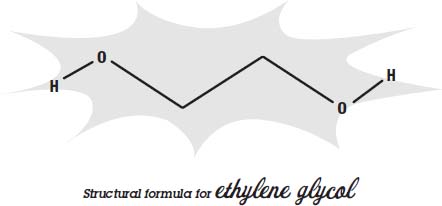
Chemists use a few simplifying rules to show how a molecule is shaped without cluttering up the picture. Most of the atoms that make up a molecule are labeled; in the structural formula above, hydrogen is labeled with an H and oxygen is labeled with an O. But carbon atoms are so common that they are not labeled with a C. Instead, they are assumed to be anywhere on a formula where two lines join, like the two middle bends in the above drawing.
And since hydrogens attached to carbons are also very common, and carbon always has four bonds, any place on a formula where fewer than four lines join, it is assumed that hydrogens fill the carbons remaining bonds, and so they are not labeled either. That means that there are two more hydrogen atoms attached to each of the unlabeled carbons at the center of the formula on the previous page.

People and
Animals
Though Alexas questions are about her favorite subject, chemistry, it turns out that a lot of chemistry is involved in how people and animals react to their environment and how they grow, eat, and breathe.
Can chemicals cause mutations in animals?
Yes. But they wont turn you into Spider-Man.
Chemicals that cause mutations are called mutagens. Mutagens cause changes in the DNA in the cells of an organism. DNA is a code that spells out how to make things in a cell. The code is made up of letters like an alphabet. Each letter represents a different chemical, called a nucleotide. There are four letters in the DNA alphabet: A, C, G, and T.
But there are some molecules that look like one of the molecules DNA uses for letters in the code. When the cell makes new DNA, it might use one of the molecules that looks like a T (for example), so that instead of spelling ACTGGTACCT, the DNA spells ACXGGTACCT. That X is the new molecule.
Usually when a spelling error like this occurs, the cell detects it and throws that DNA away so nothing bad happens. But sometimes the molecule looks so much like the real-letter molecule that it goes undetected. The misspelled word usually just doesnt work, so the cell doesnt make the chemical (usually a protein) it was supposed to make.
If the missing chemical is important, the cell might die, and that would be the end of it. If the missing chemical was not so important, such as something that made hair dark, you might get a gray hair instead. If the cell was a fertilized egg, all the hairs in the new animal might be white, and you get an albino, an animal that lacks the dark colors that make suntans and dark hair.
Sometimes the spelling change does make a protein, but the protein is just slightly different. It might not work as well, or it might work differently, maybe making a different color, and you get a blue frog instead of a green one.
Other chemicals might change a C into a T. Or break DNA into pieces that get put back together in the wrong order, or with a piece missing, or an extra piece added.
The likelihood of a mutation being beneficial is very small. A cell is a complicated piece of machinery, and making random changes would be like making a random change to a car engine by hitting it with a rock. The engine is unlikely to work better afterward. But occasionally a change makes the organism work better. This is evolution.
What happens if you breathe in smoke or carbon dioxide?
Smoke is made up of carbon dioxide, carbon monoxide, water vapor, soot, and smaller amounts of many other molecules and bits of ash. Soot and ash are filtered by your nose and pushed out of your throat when you cough. Carbon monoxide is toxic because it binds to blood cells instead of oxygen and doesnt let go, so your cells cant get any oxygen to breathe.
Carbon dioxide is something we breathe all the time, since it is a part of the air we breathe out of our lungs. Our bodies sense how much carbon dioxide is in our blood, and when the levels rise, we feel the need to take a breath.
If you breathe in too much carbon dioxide, your blood becomes acidic, since carbon dioxide dissolves in water to form carbonic acid. After breathing too much carbon dioxide, your body adjusts by making you breathe faster, so you exhale more carbon dioxide. It is the buildup of too much carbon dioxide that makes you feel the intense need to breathe when you are holding your breath or swimming underwater.
Next page
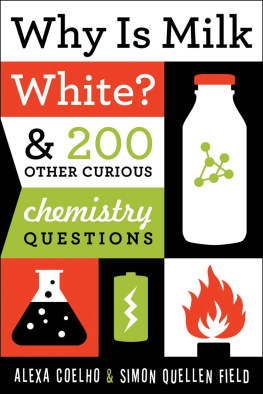

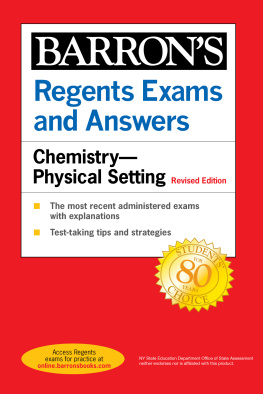

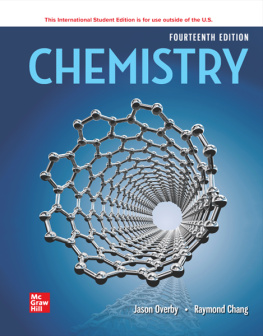
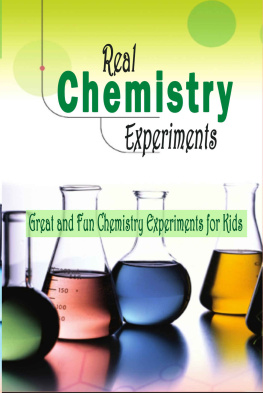
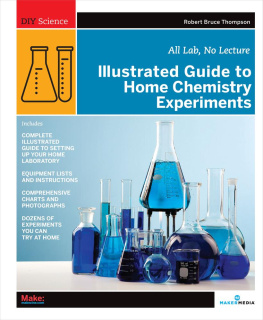
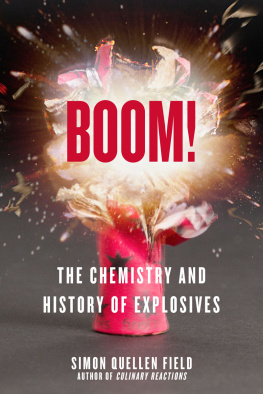
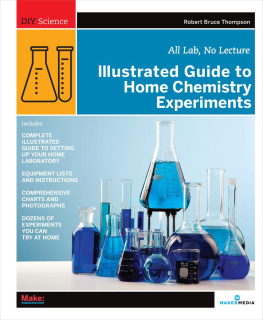

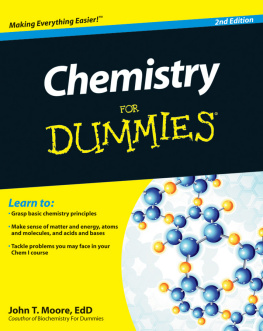
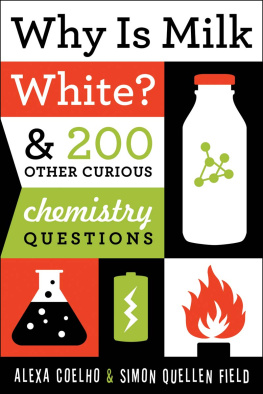


 Contents
Contents

